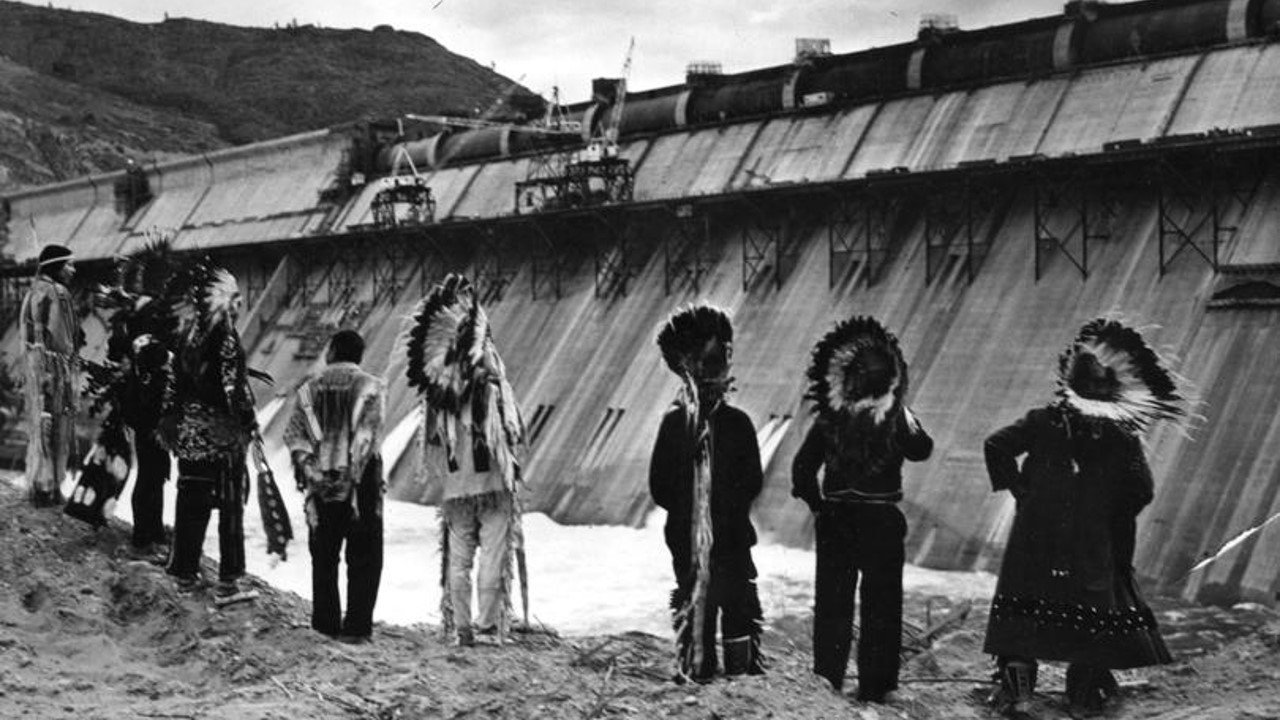Report Concludes Habitat Above Chief Joseph and Grand Coulee Dams Could Support Salmon and Steelhead
- June 13, 2019
- John Harrison

This month the Upper Columbia United Tribes submitted to the Council a report that assesses habitat conditions and potential donor stocks if a future decision were made to reintroduce salmon and steelhead to the Columbia River above Grand Coulee and Chief Joseph dams.
The report completes a portion of the first phase of a three-phase strategy, articulated in the Council’s 2014 Columbia River Basin Fish and Wildlife Program, to assess the potential for reintroduction. Among other things, the first phase focused on the availability and quality of spawning and rearing habitat, estimates of how many juvenile and adult fish could be produced, and on identifying salmon and steelhead stocks that most likely would be successful in the blocked area. Grand Coulee, completed in 1941, and Chief Joseph, completed in 1955, do not have passage facilities for juvenile or adult fish.
Darnell Sam, a member of the Business Council of the Colville Confederated Tribes, and DR Michele, director of the UCUT tribes, told the Council the upper Columbia region sustained the greatest impacts from hydropower and the least mitigation of impacts of any place in the Columbia River Basin.
“In our traditions and our culture … the first thing you recognize is the water. What‘s in that water is our food,” Sam said. “Years ago our elders, our grandparents, our great-grandparents were impacted by what was taken away from them. Our food was taken away from us when those dams were built. In my mind and heart coming here today, how can I convey the damage? My elders teach me that you say what’s in your heart because that’s your true spirit. I want to remind you that that’s all we‘re looking for, is the opportunity to be able to see that undoing.”
Biologist Casey Baldwin of the Colville Confederated Tribes said the UCUT analysis identified and ranked 40 stocks for their reintroduction feasibility based on six criteria including abundance, ancestry, geographic proximity, life history, genetic risk to resident fish species, and risk of introducing disease. The stocks included seven sockeye, 10 summer/fall Chinook, 10 spring Chinook, seven steelhead, and six coho populations. The analysis also identified potential habitat, estimated how many fish the habitat theoretically could support, and reviewed literature about options for fish passage at dams that were built without such facilities.
The Council will ask the Independent Scientific Advisory Board, which advises the Council, NOAA Fisheries, and the Columbia River Inter-Tribal Fish Commission, to review the UCUT analysis.



